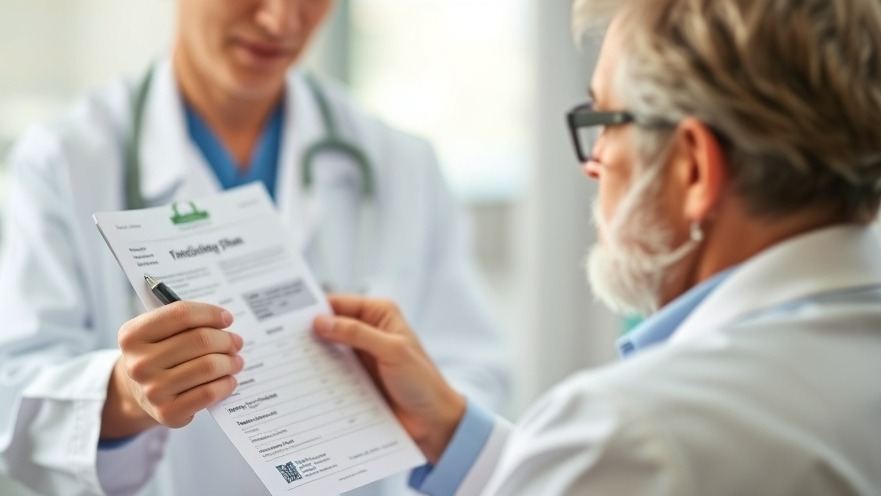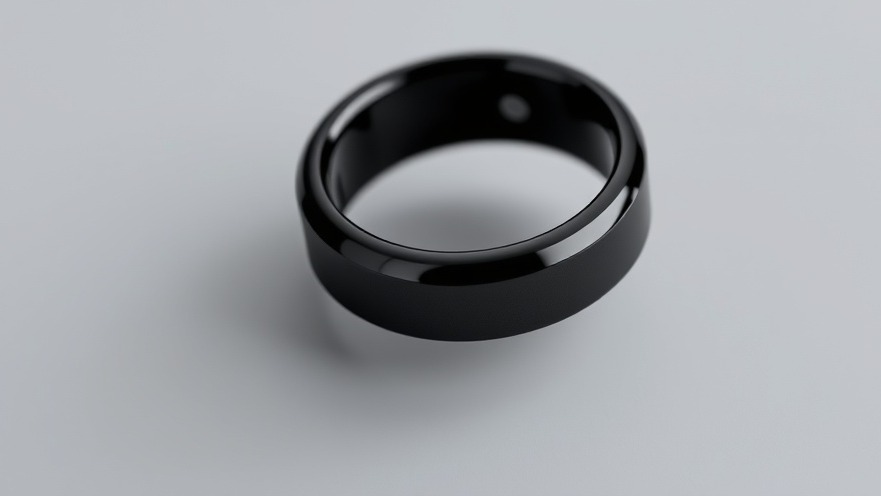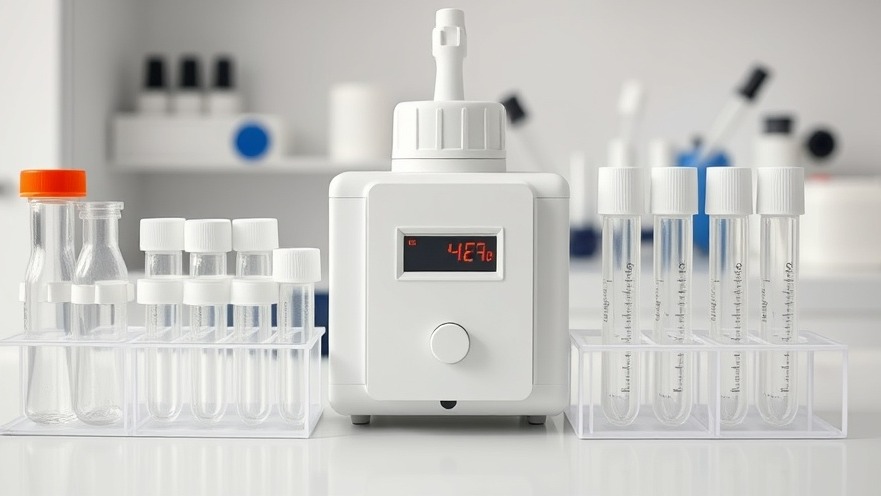
Exploring the Future of Health Monitoring with Ear-Based Technology
The evolution of wearable technology has significantly changed how we monitor and manage our health. With advances in sensor technology, researchers are now turning to an often-overlooked part of our anatomy—the ear. A novel development at the Karlsruhe Institute of Technology (KIT) has introduced the OpenEarable 2.0, an innovative platform that transforms wireless earphones into sophisticated health monitoring devices. This leap forward not only enhances measurement accuracy but also broadens the scope of what data can be collected.
Why Ear-Based Sensors?
The ear presents unique opportunities for health monitoring. Not only is it an unobtrusive location for sensor placement, but it also allows for accurate measurement of physiological signals that are often difficult to capture elsewhere on the body. The development of OpenEarable 2.0 is set to leverage this potential by allowing more than 30 physiological parameters to be monitored—ranging from heart rate and respiratory patterns to body temperature and fatigue levels.
Open-Source Innovation: A Game Changer
One of the standout features of OpenEarable 2.0 is its open-source nature. This allows developers from various fields to customize the functionalities of the earphones, tailoring them to meet specific health monitoring needs. Dr. Tobias Röddiger, leading the project, emphasizes that this adaptability provides the groundwork for the next generation of health technologies and promotes collaboration among researchers. The platform addresses a significant gap in existing proprietary systems, which typically limit customization and adaptability.
Real-World Applications of Ear-Based Health Monitoring
Imagine a world where your earphones can not only play music but also detect if you’re falling asleep at your desk or if your heart rate spikes during a stressful call. This technology opens doors for various applications, including:
Preventative Healthcare: Continuous monitoring of vital signs can foresee physical health issues before they escalate, paving the way for early intervention.
Employee Safety: In industrial workplaces, ear-based devices could monitor fatigue levels among staff, providing alerts when someone is at risk of occupational hazards.
Enhanced Fitness Tracking: Sports enthusiasts could benefit from real-time data on their body’s response during workouts, allowing for more effective training regimens.
Challenges Ahead: Implementation and Adoption
Despite the exciting advancements, the path to widespread adoption of OpenEarable 2.0 is not without challenges. Questions regarding data security, privacy concerns, and the need for clinical validation stand out as potential barriers. For concierge health practitioners, understanding these issues is pivotal in integrating such technologies in a way that safeguards patient trust while harnessing the powerful insights they can provide.
Future Predictions: Where is Health Monitoring Headed?
As technologies like OpenEarable 2.0 emerge, the future of health monitoring looks very promising. Predictions suggest a significant increase in personalized health care, where wearable technology becomes an integrated part of personalized treatment plans. Individuals will be able to track their health data seamlessly, allowing healthcare providers to make better-informed decisions concerning their patients’ well-being.
The Importance of Staying Informed
For concierge health practitioners actively involved in evolving medical technologies, staying abreast of developments such as OpenEarable 2.0 is crucial. Not only does this technology signify a paradigm shift in health monitoring, but it also offers endless opportunities for improving patient care in a rapidly advancing digital landscape.
As you navigate through these emerging innovations, consider how they can enhance your practice. Understanding these technologies can lead to better patient outcomes and more efficient management of health data.
In conclusion, the launch of OpenEarable 2.0 represents a proactive step towards bridging the gap between healthcare and technology. It’s essential for practitioners to explore and embrace these changes to remain at the forefront of patient care. Stay updated on the latest developments in health technology!
 Add Row
Add Row  Add
Add 






Write A Comment